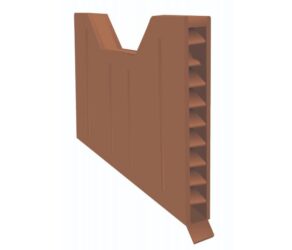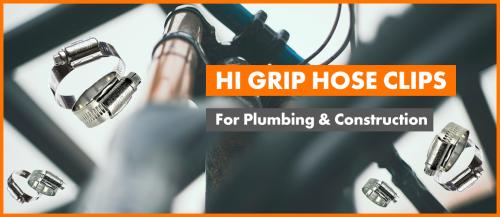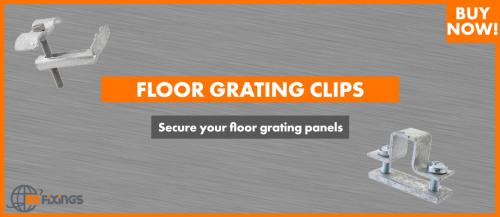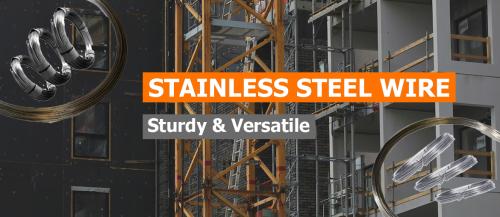Weep vents, often overlooked in their importance, play a crucial role in maintaining the structural integrity and health of buildings, guarding against moisture damage and ensuring our homes remain safe and sound for years to come.
Understanding Weep Vents
Weep vents, also commonly known as 'weep holes', are small openings incorporated into the design of many structures, especially masonry walls made of brick or stone. Their primary function is to provide an outlet for water to drain out of and to allow air to enter, helping to prevent damp and moisture build-up. These small, but crucial, components can be seen in brickwork, retaining walls, window frames, and many other structures.

The Importance of Weep Vents
Masonry walls, made from bricks, stone, or other similar materials, are susceptible to water ingress, especially during heavy rainfall or in areas with high groundwater levels. When water seeps into these walls, it can lead to a range of problems, including mould growth, weakening of the wall, and frost damage in colder climates.
By incorporating weep vents, we ensure that any water that penetrates the exterior surface has an exit point. This prevents the accumulation of moisture inside the wall cavity, thus safeguarding the structure's integrity.
Plus, contrary to popular belief, properly designed weep vents can also help to deter pests. They provide no large enough entry for rodents and are often equipped with mesh to prevent smaller pests from entering.
Types of Weep Vents
There are various designs and materials for weep vents, tailored for different uses and aesthetic preferences:
- Open Head Joint: this is a simple gap left in the mortar between bricks. It's the most basic form of a weep vent, providing both drainage and ventilation.
- Plastic Weep Vents: made from durable plastic, these vents are designed specifically to be placed within the brickwork. They are resistant to UV rays and are available in various colours to match the masonry.
- Metal Weep Vents: these are often made from stainless steel or aluminium and are known for their durability and corrosion resistance. They are less noticeable than plastic vents and blend seamlessly into masonry.
- Cotton Rope Weep Vents: a traditional method, this involves inserting a cotton rope into the wall during construction. The rope wicks away moisture, which then evaporates.
- Louvred Vents: these have slats designed to let out moisture whilst preventing larger debris from entering.
- Meshed Vents: equipped with a mesh layer, they efficiently keep out even the smallest of pests.
Installation: Best Practices
Proper Placement
It's essential that weep vents are placed at regular intervals along the base of the wall and above windows and lintels. This ensures optimal drainage and prevents water accumulation in any one area. Typically, they are placed every 45-90 centimetres for optimal use.
Optimal Size
The size of a weep vent is crucial. Too small, and it won't allow sufficient drainage; too large, and it becomes an entry point for pests. A size of about 5mm-10mm in diameter is generally recommended.
Regular Maintenance
Like any part of a building, weep vents require regular maintenance. Cleaning them and ensuring they remain unblocked is essential to maintain their effectiveness. A simple brush can dislodge any blockages, however, if you come across a persistent clog you might want to use compressed air or a specialist cleaning tool.
Whether you're a property owner, a builder, or simply someone keen to understand architectural components, recognising the significance of weep vents is imperative. After all, it's often the finer details that ensure a structure stands tall and strong against the elements. Here at BS Fixings, we currently offer Brick Weep Vents and Brick Peep Concealed Weep Vents, both of which are available in an array of colours to match your masonry wall. Please feel free to shop our fantastic range of products on our website today or if you have any questions, make sure to drop us a message at info@bsfixings.co.uk or call 03330 117818 and we will be happy to help.






